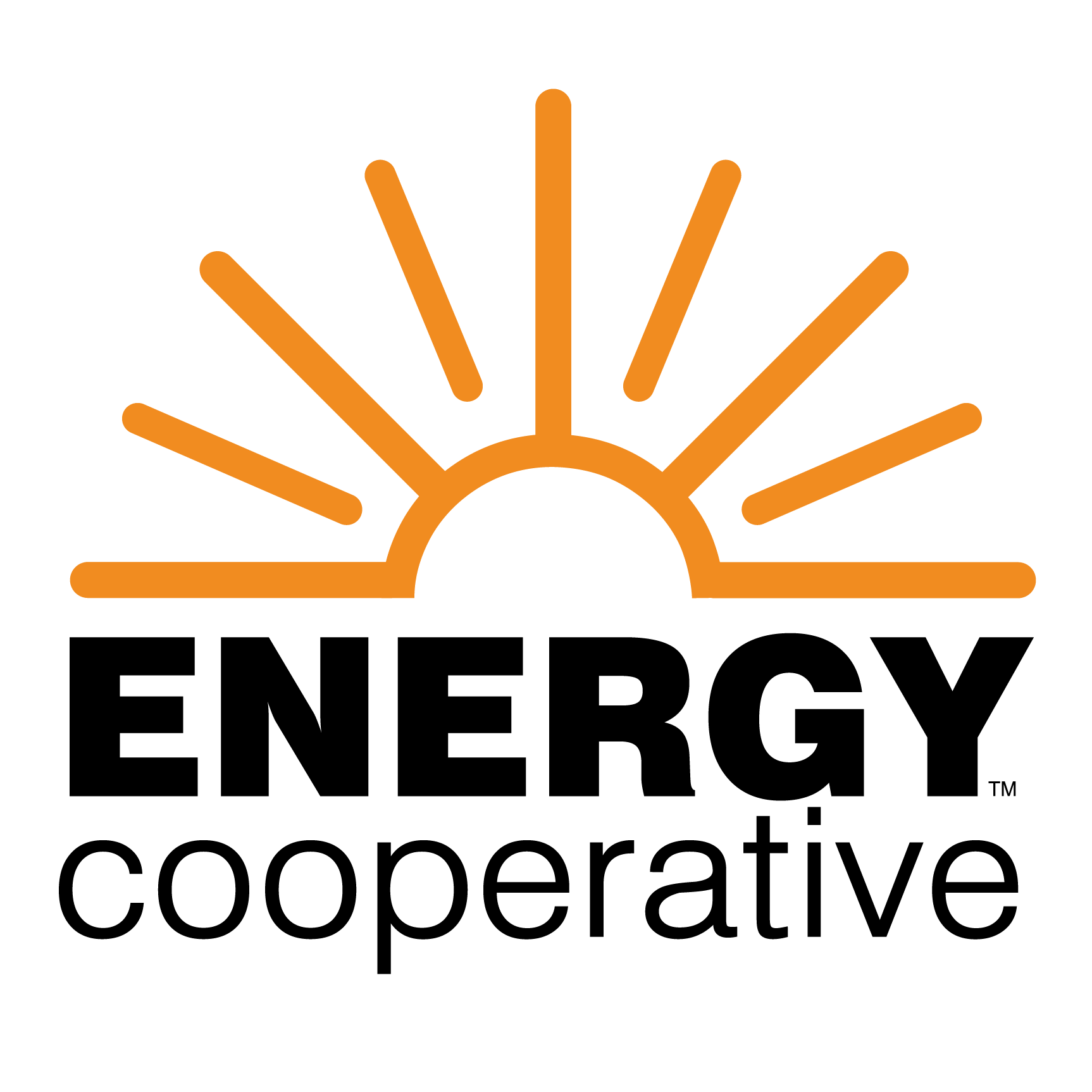Call Us 740-344-2102 Electric Outage 888-535-5732
Capital Credits
What are Capital Credits?
Cooperative's do not have customers or shareholders. Cooperative's have members. After we pay our bills and reinvest needed funds into our system, The Energy Cooperative allocates excess revenue (margins) to members. Margins are allocated to members as capital credits. Capital credits represent the assigned share of the cooperative's margins based on the amount of energy each member used throughout the year. Capital Credits are paid in accordance with the cooperative's bylaws.
The following year's capital credits were paid in October 2025:
- 1984: 100% of this year will be paid at this time
- 2004: 12.3% of the year will be paid at this time

